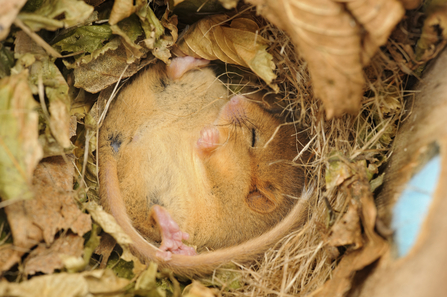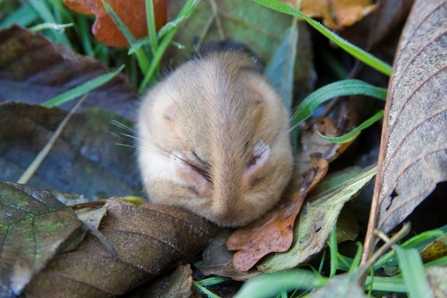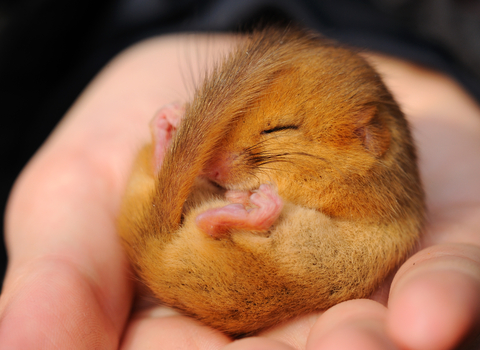The chances of seeing a hazel dormouse (Muscardinus avellanarius) in its habitat were always slim. Not just because numbers have declined 30-50% since the turn of the millennium. And not just because it’s nocturnal or spends its waking hours in trees and hedgerows.
But because the dormouse is, quite frankly, a ninja snoozer.




